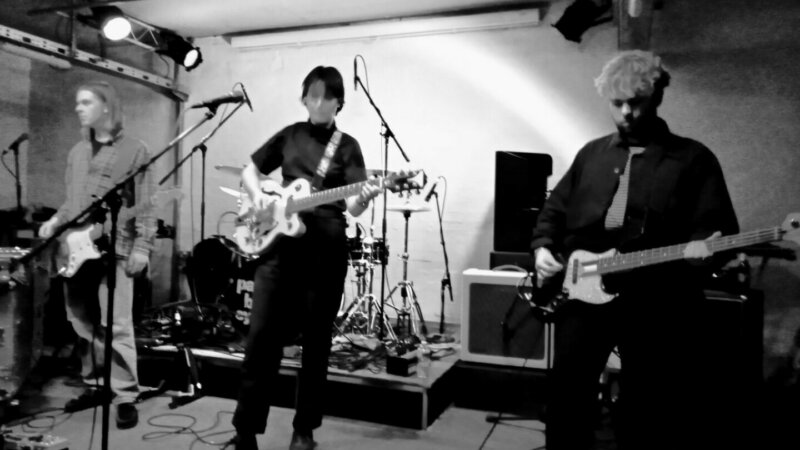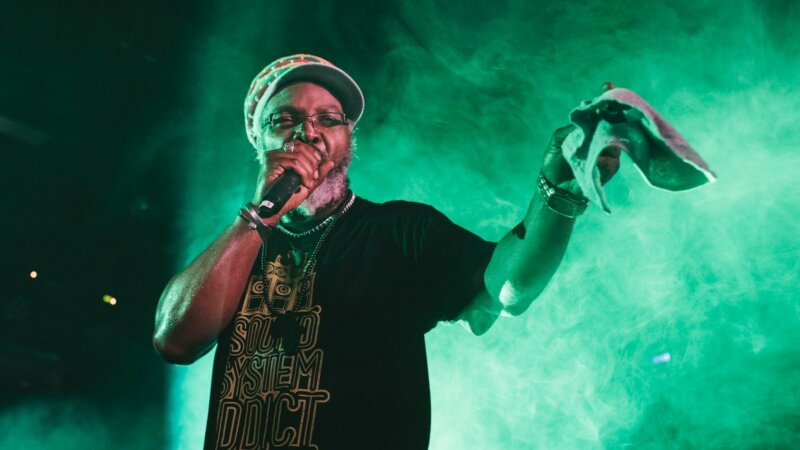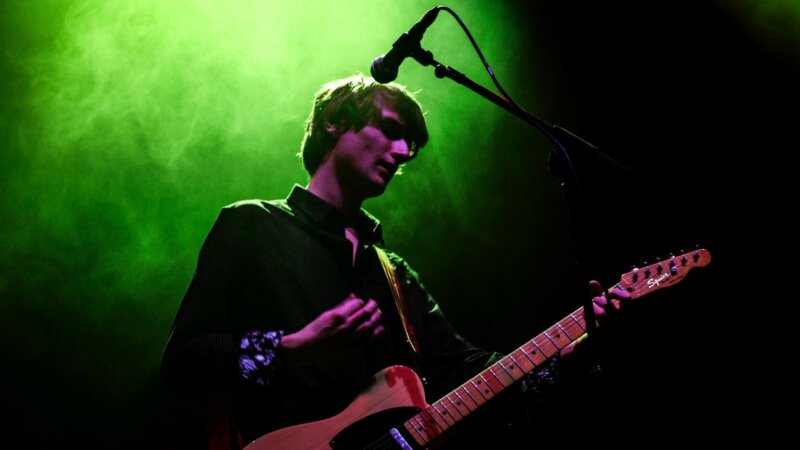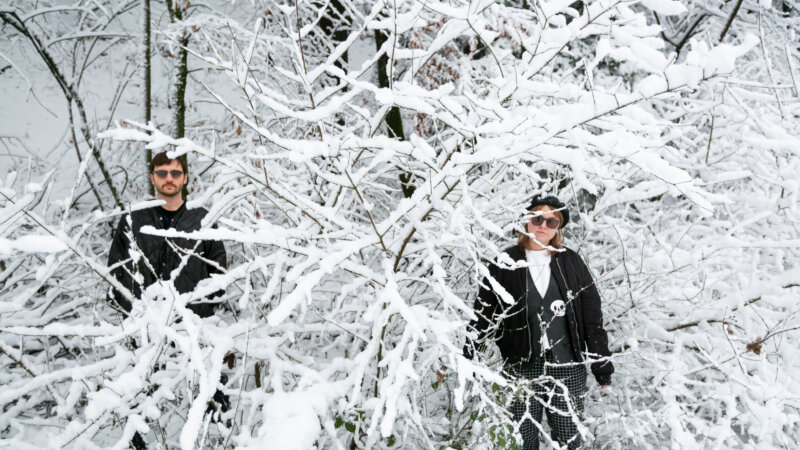Sound
ICE MUSIC.
As technology advances, pioneering minds are developing unique new ways to harness the creative potential of nature in sound and sound in nature. Biotechnology is on the rise. In a shift away from the artificial soundscapes of synthesisers, computer programmes and chaos pads, musicians like Terj Isunget, Michael Burton and Michiko Nitta, jointly known as Burton Nitta, are forging fresh trails across audio terrains with unanticipated techniques. By investigating the perceptual links between our senses and the natural world, projects like Ice Music and Algaculture have been born, illuminating a rich and potentially synesthetic direction in the future of music.
The Norwegian musician Terj Isunget originally began as an experimental percussionist in the late 80s, creating Neolithic-looking drum kits out of arctic birch, slate, stone, wood and other rough cut biological matter. It was intrinsic to his practice that the materials were kept in their rawest forms to retain an organic essence as much as possible.They could then audibly translate the emotional qualities we identify in our experiences of nature in the music. Using hyper-sensitive microphones, he recorded and looped the tiniest reverberations of sticks tapping on stones and slate scraping on slate, layering them into expansive orchestral landscapes.
During the 1999 Lillehammer Winter Festival, Isungetfound himself playing next to a frozen waterfall and in addition to his usual equipment he sculpted the first rudimentary ice instruments from the frozen water of the nearby river. Beginning as rough cut xylophone-style implements, ice troughs and chunky oblong chimes, the ice music genre began. Isunget exposed a strangely hypnotic essence in the song of ice that has fascinated audiences ever since. Dedicating his career to the mystery of ice, Terj went on to collaborate with other specialists, creating bespoke ice harps, ice trumpets and eventually an ice guitar.
“You can never tune an ice instrument. You find it as it is and work with it and no two pieces will ever sound the same,” Terj explains. This is consistent in each instrument. All have distinct timbres which give them a specific organic imprint or tonal personality depending on the elemental forces at work during their formation. The density of the water or how quickly the ice has solidified makes a huge difference to the sound and the slightest drop in temperature can make them drastically out of tune. Terj and his collaborators have spent many years mastering these idiosyncratic structures, one frustration being that they can only realistically play each ice instrument a handful of times before it ceases to be useful and goes back to its liquid form. Of course, the instruments are impermanent by nature.
Since the release of his first ice album Iceman Is – recorded at the Swedish Ice Hotel in 2001 – Terj has formed All Ice Records and founded the world’s first ice music festival in Geilo, Norway, which takes place in a specially built igloo during the last full moon in January. Ice music is for those ‘sensible to the poetry and simplicity of sounds’, according to its creator, and it comes as no surprise that Terj describes his music in colours, a type of synaesthesia common amongst musicians like Mozart, Jimi Hendrix and Tori Amos, specifically known as chromesthesia.
Creative duo Burton Nitta, from Japan and the UK, have literalised the artistic potential of raw materials and synaesthesia in their project Algae Opera which fuses sound, breath and taste in an ingenious yet relatively simple piece of bio-tech. Through a contraption that resembles a sci-fi snorkel with thin plastic piping extending out from a fixed mouthpiece, they’ve invented a way to let an opera singer, Louise Ashcroft, sing edible algae into being by literally feeding the plant life with her breath. The algae, which is a photosynthetic organism, grows on the headpiece in accordance with the length and intensity of the singer’s notes. The emotional strength of the melody expressed through her breath is said to make the algae itself taste bitter or sweet, a direct energy transfer that can be heard, seen and tasted. The audience present for Louise’s operatic performances are afterwards encouraged to eat the results of the recital, digesting the sounds their ears have just absorbed.
What these artists have successfully channelled is not dominance over natural elements, but a symbiotic bond with them. By allowing sound to have warmth and depth, music to have a flavour or space to have rhythm, we begin to amplify our perception and connect with the full non-verbal spectrum of our senses.
isung.no
icefestival.no
louiseashcroft.com )





